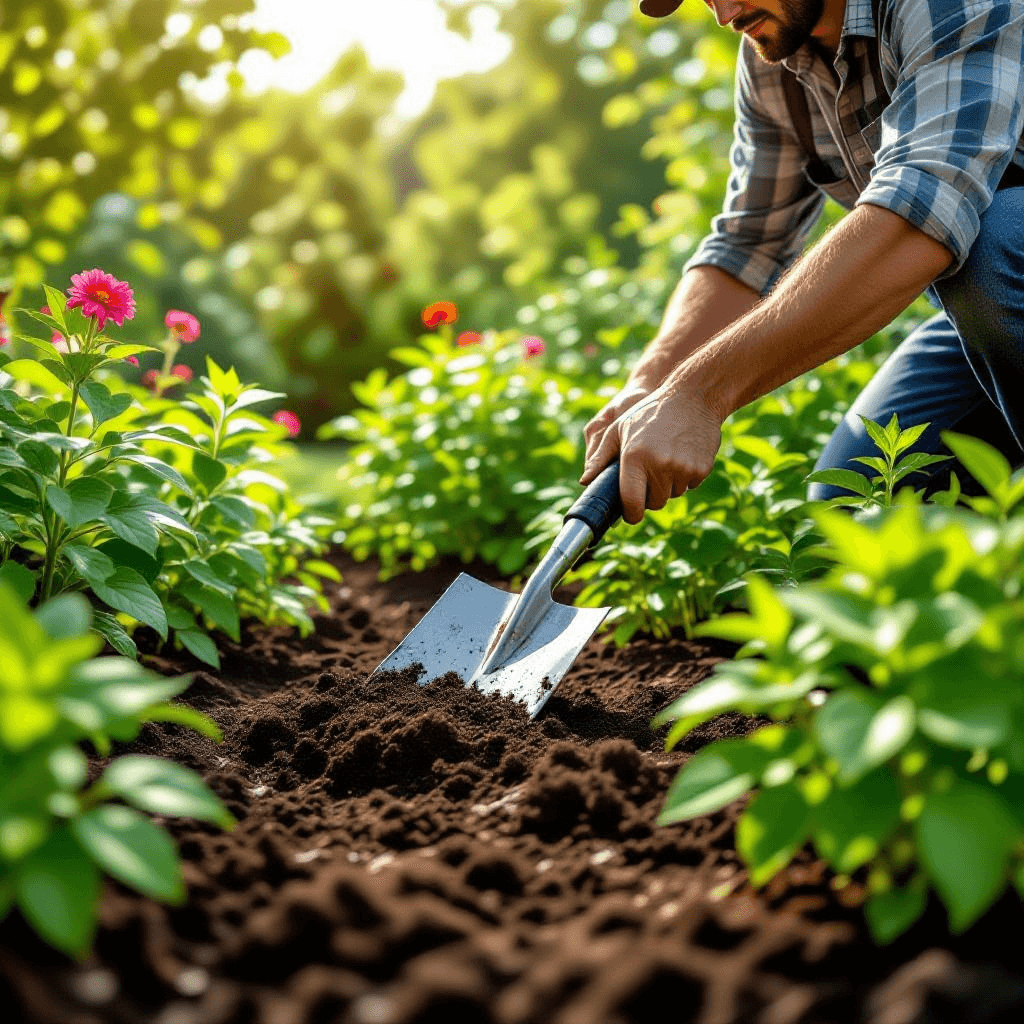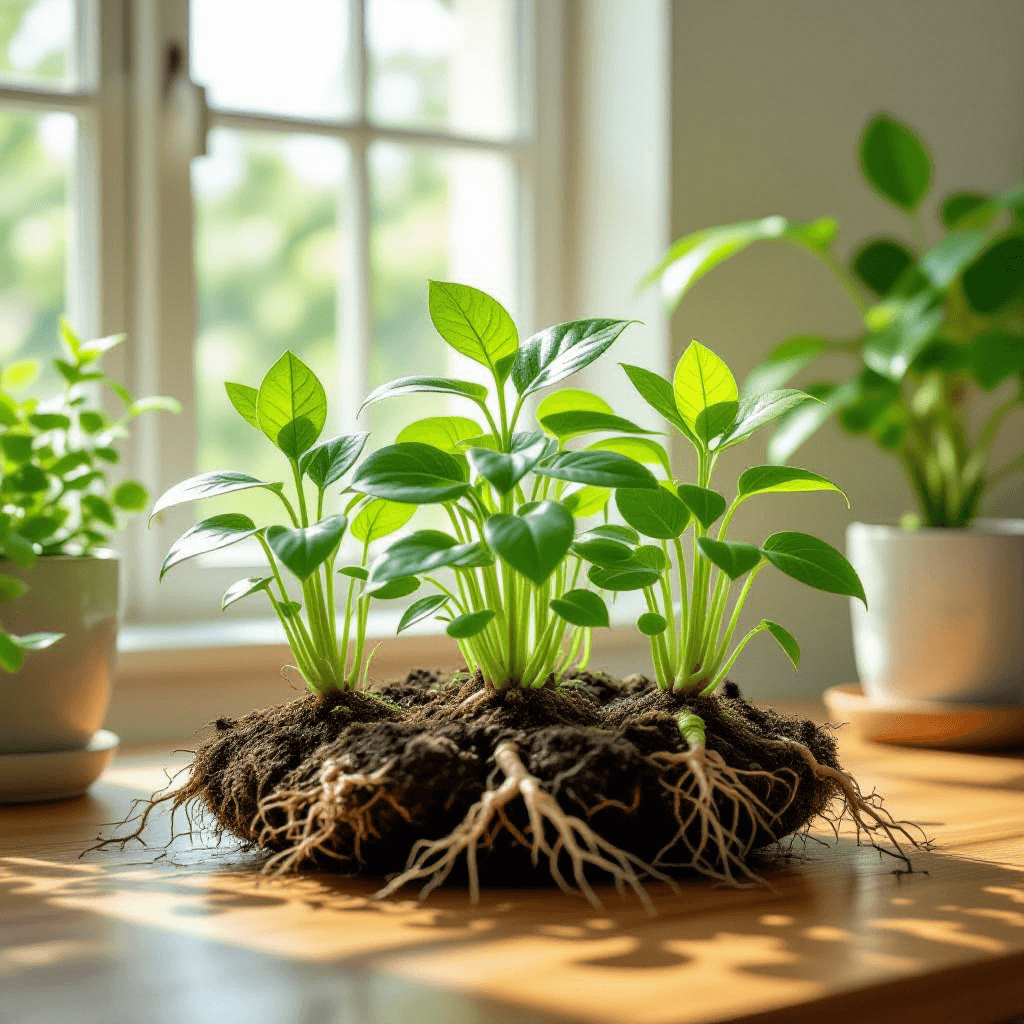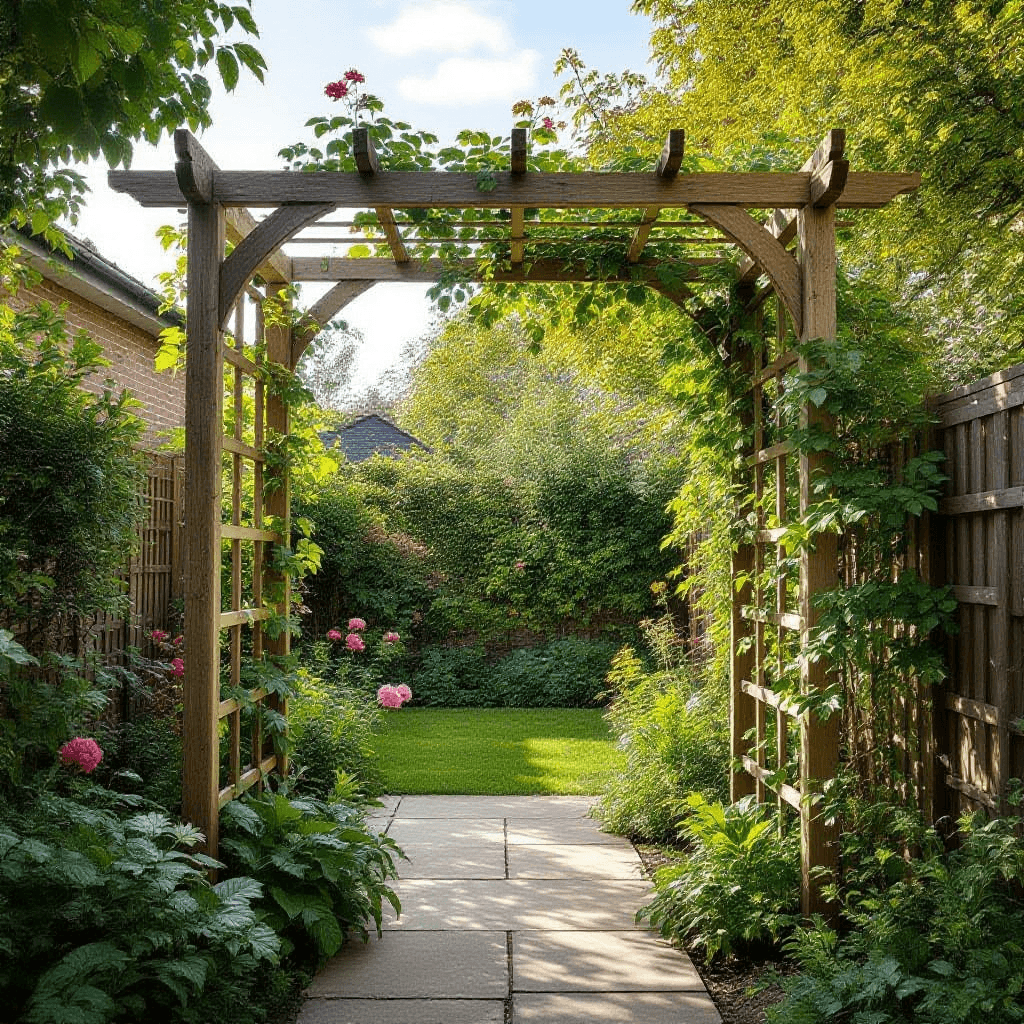Understanding Mulching and Its Benefits
Mulching is the practice of applying a protective layer of material to the soil surface in gardens and landscapes. This technique is essential for nurturing plants and promoting healthy growth. By covering the soil, mulches serve several critical functions that benefit both the gardener and the plants.
One of the primary advantages of mulching is moisture retention. The layer of mulch minimizes evaporation, ensuring that soil remains moist for longer periods. This is particularly beneficial during hot summer months, as it reduces the need for frequent watering. Additionally, mulching helps regulate soil temperature. In cooler months, it acts as insulation, keeping the soil warmer, while in hot climates, it can keep the soil cooler, creating a more stable environment for plant roots.
Another significant benefit is weed suppression. By obstructing sunlight from reaching the soil, mulch can inhibit the growth of unwanted weeds. This not only minimizes the need for herbicides but also reduces the amount of time and effort needed to maintain a garden. Furthermore, as mulch decomposes, it enriches the soil with nutrients, enhancing overall soil health. This organic matter improves soil structure, beneficial for moisture retention and aeration, promoting a thriving ecosystem beneath the surface.
Besides its practical advantages, mulching can also enhance the aesthetic appeal of a garden. Various types of mulch, ranging from wood chips to decorative stones, can be selected to complement the overall design of the landscape. A well-mulched garden not only looks neat but also highlights the beauty of the plants, creating a visually pleasing environment.
In summary, mulching is a multifaceted practice that provides numerous advantages, including moisture retention, temperature regulation, weed suppression, and improved soil health, while also enhancing the visual aspects of a garden.
Types of Mulch: Which One is Right for Your Garden?
When it comes to selecting the appropriate mulch for your garden, understanding the various types and their specific benefits is essential. Mulch is generally categorized into two main categories: organic and inorganic materials. Each type offers unique advantages and may be more suitable for particular plants or garden types.
Organic mulches primarily consist of natural materials that decompose over time, adding nutrients to the soil. Examples include wood chips, bark, leaves, grass clippings, and straw. Wood chips and bark are particularly effective for suppressing weeds and retaining moisture, making them ideal for perennial flower beds or vegetable gardens. On the other hand, grass clippings provide a quick source of nitrogen but should be used sparingly due to their potential for compacting. Straw is excellent for vegetable gardens, especially for crops like tomatoes and peppers, as it helps keep the soil temperature consistent and discourages weeds.
In contrast, inorganic mulches, such as rubber and plastic, do not decompose and thus require less frequent replacement. Rubber mulch, made from recycled tires, provides superior weed control and moisture retention without the need for regular applications. However, it does not enhance soil fertility like organic options. Moreover, plastic mulch, often used in vegetable farming, helps maintain soil warmth and moisture but can impede the natural nutrient cycle since it does not break down.
When selecting mulch, consider the specific needs of your plants, the aesthetics you desire for your garden, and the maintenance level you are prepared to undertake. For instance, if you prioritize soil health and are willing to periodically refresh your mulch layer, organic options may be the way to go. Conversely, if you’re looking for longevity and minimal upkeep, inorganic mulches may be more suitable. Ultimately, the right mulch choice can significantly influence the health and appearance of your garden.
How to Apply Mulch Effectively
Applying mulch effectively can significantly enhance the health and appearance of your garden. The first step in this process is to prepare the garden bed. Begin by clearing the area of weeds, debris, and any previous mulch material. It is advisable to loosen the soil lightly with a rake or hoe to improve aeration, ensuring that water and nutrients are more accessible to your plants. Also, if your garden has a stark contrast between dry and moist areas, consider amending the soil with organic matter to encourage uniformity.
Once the garden bed is prepared, you can start applying the mulch. The ideal thickness for most types of mulch is about 2 to 4 inches. This thickness provides adequate coverage for water retention while suppressing weed growth. Keep in mind that too much mulch can prevent water from reaching the soil, whereas too little will not yield the desired results. It is essential to spread the mulch evenly around your plants, making sure to keep it a few inches away from the stems or trunks to prevent rot and promote healthy growth.
Replenishing your mulch is another critical aspect of effective application. Organic mulches decompose over time, necessitating periodic replacement. A good rule of thumb is to check the mulch depth every six months. If you notice a decrease in thickness, it is time to add another layer. Also, be aware of common pitfalls such as mulch volcanoes, where mulch is piled high against the plant base, leading to moisture retention issues and pest problems. Instead, ensure that your mulch is spread evenly and maintained at the appropriate distance from plant stems.
Maintaining Your Mulched Garden
Maintaining a mulched garden is a crucial aspect of ensuring its health and vitality. While mulch serves to conserve moisture, regulate soil temperature, and suppress weeds, it requires ongoing attention to remain effective. One primary consideration is the timing of mulch removal, replacement, or replenishment. As mulch decomposes, its effectiveness diminishes. Generally, it is advisable to replenish organic mulch, like wood chips or straw, once or twice a year, depending on the rate of decomposition and climate conditions. This ensures that plants benefit from a consistent layer of nutrients and weed suppression.
Monitoring your garden for pests and diseases is also essential in maintaining a healthy mulched environment. Regularly inspect the mulch layer for any signs of infestation, such as insect activity or fungal growth. Signs of mulch-related issues may include an unpleasant odor or a sudden increase in unwanted pests. If you observe any problems, it may be necessary to remove the affected mulch and replace it with fresh material to prevent further complications.
Integrating mulch into a broader garden care routine enhances its benefits. Effective watering practices, appropriate plant selection, and adequate spacing can significantly influence the effectiveness of your mulching strategy. Additionally, incorporating regular fertilization and soil testing can help identify nutrient deficiencies that mulch alone may not address. Overall, with diligent monitoring and timely maintenance, mulching can help create an efficient and robust garden ecosystem. By focusing on these maintenance aspects, gardeners can effectively enjoy the numerous benefits that mulching brings, supporting plant health and reducing labor in garden upkeep over time.


